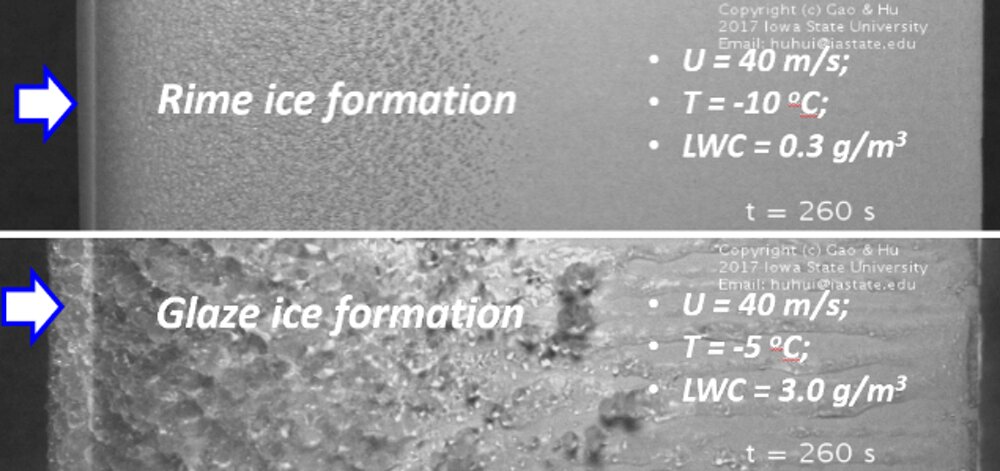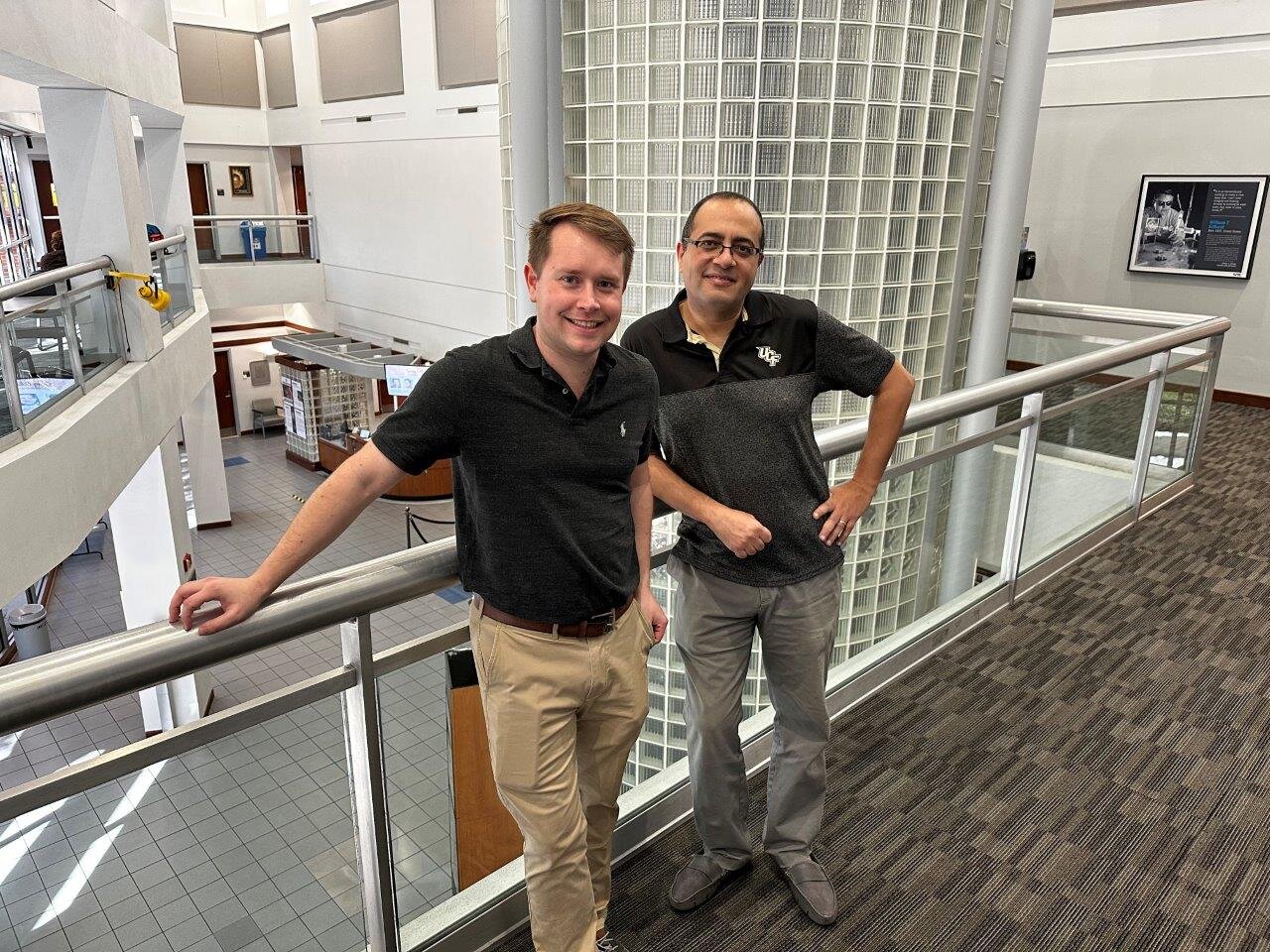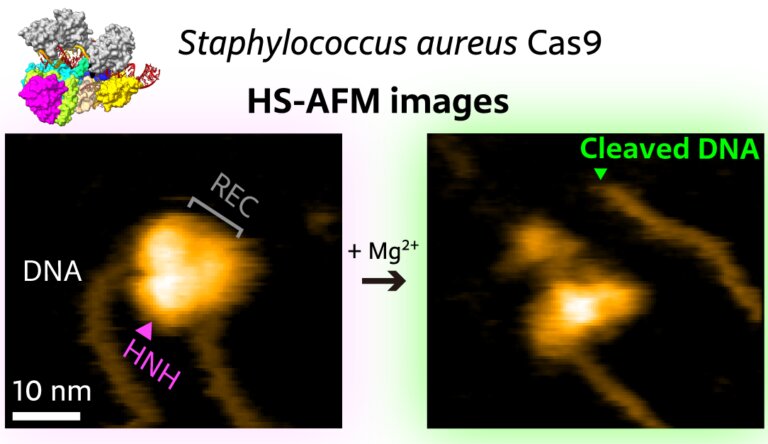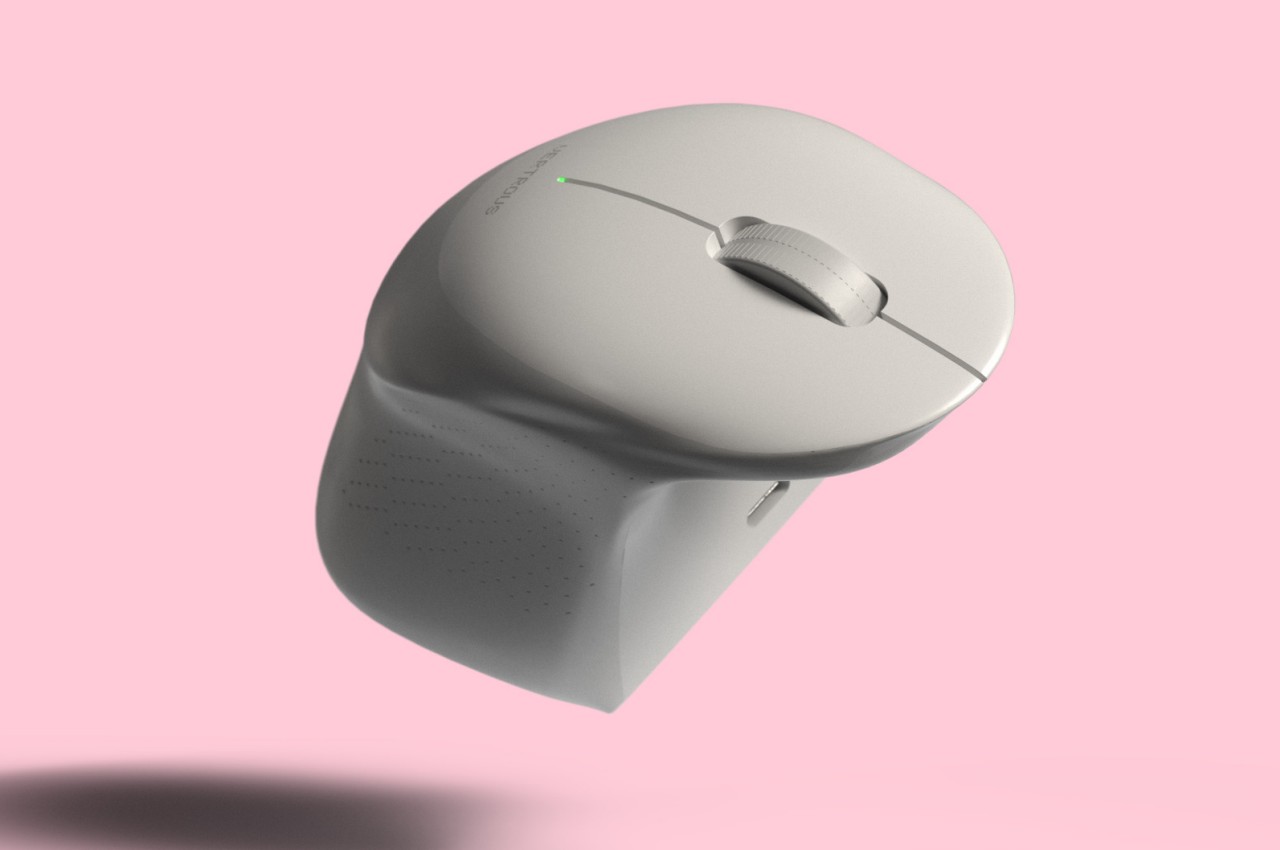#Artificial night sky poses serious threat to coastal species
“#Artificial night sky poses serious threat to coastal species”
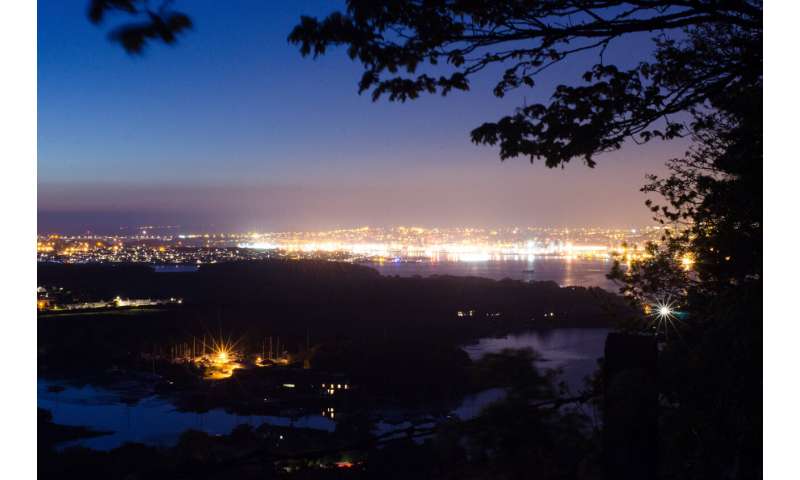
“Skyglow is the most geographically widespread form of light pollution. Surveys have shown it can currently be detected above 23% of the world’s coasts nightly, and with coastal human populations set to at least double by 2060 its effects are only going to increase. Our results show it is already having demonstrable impacts on biological processes that are guided by celestial light cues.
“Through the ALICE project, we are finding increasing evidence that light pollution from coastal cities can influence marine species inhabiting nearby beaches, rocky shores and even the seafloor. These results highlight how pervasive city lighting could be in shaping the ecology of coastlines kilometers distant from their nearest urban centers. They also highlight the potential for artificial skyglow to impact other species that undergo migrations using the moon as a compass.
“While our understanding of the impacts of street lights on nature has improved dramatically, artificial skyglow has been largely overlooked. More work is urgently needed to fully understand the extent to which it is shaping the natural environment.”
Stuart Jenkins, Professor of Marine Ecology at Bangor University and one of the study’s co-authors, added:
“It is easy to forget the critical influence of the moon in guiding many organisms’ movements. However, we are increasingly realizing that by disrupting patterns of night time lighting, we are potentially reducing the ability of animals to navigate. This new research on the shores of North Wales shows clearly that very low levels of artificial light can have far-reaching effects on coastal marine species.”
The sand hopper is a common feature of Europe’s coasts and spends daytimes buried in the sand at depths of 10-30cm, emerging at night to feed on decaying seaweed and other detritus.
For this study, researchers monitored the sand hopper population on Cable Bay beach in North Wales (UK), a naturally dark location, over 19 nights between June and September 2019.
They observed the behavior of almost 1,000 individuals under a range of moon phases and weather conditions, before introducing artificial light that replicated the intensity and color of skyglow from towns and cities around the UK coastline.
More information:
Current Biology, DOI: 10.1016/j.cub.2020.05.002
Artificial night sky poses serious threat to coastal species (2020, June 22)
retrieved 22 June 2020
from https://phys.org/news/2020-06-artificial-night-sky-poses-threat.html
This document is subject to copyright. Apart from any fair dealing for the purpose of private study or research, no
part may be reproduced without the written permission. The content is provided for information purposes only.
If you want to read more Like this articles, you can visit our Science category.
if you want to watch Movies or Tv Shows go to Dizi.BuradaBiliyorum.Com for forums sites go to Forum.BuradaBiliyorum.Com
